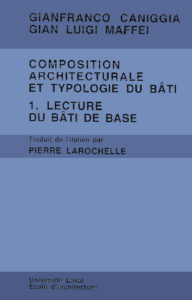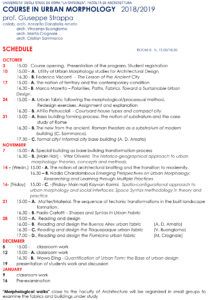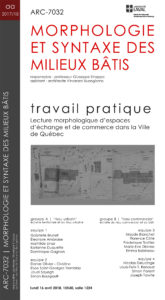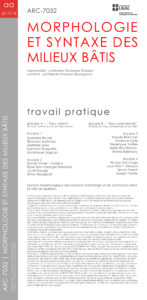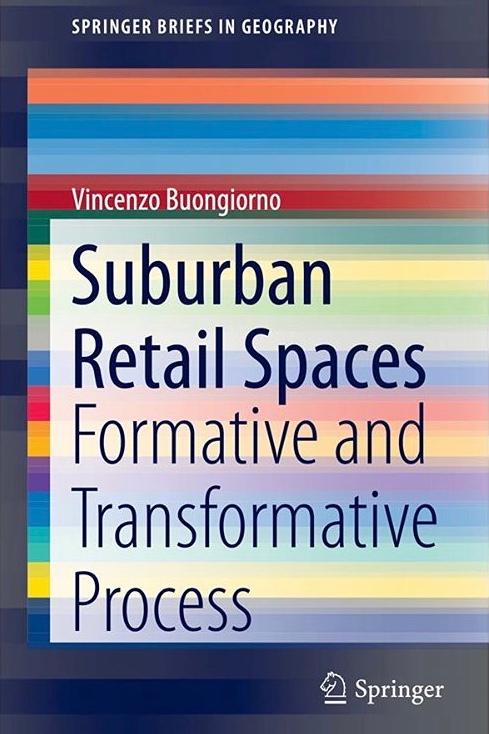
Vincenzo Buongiorno
Suburban Retail Spaces
Formative and Transformative Process
SpringerBriefs in Geography
Foreword by Giuseppe Strappa
The book by Vincenzo Buongiorno concerns the formative processes, the contemporary structures and the future perspectives of the retail space, the space dedicated to commerce, sales and exchange. I believe this is an important topic to be investigated in contemporary times.
Relegated to the margins of the city and the attention of architects, retail structures are today one of the few forms of truly vital public space, inheriting, in some way, the characteristics of a tradition of specialized commercial routes typical of the European city, from nineteenth-century shopping streets, to Parisian passage,
to large department stores formed as real urban knots at the end of the nineteenth century.
With many problems and differences: these structures, widespread in Europe in the second post-war period, especially through the North American version of the big shopping centers, are also, in reality, a place of great contradictions, being public spaces privately owned for sale and profit.
They also subtract vitality to the traditional commercial spaces made up of stores and workshops. Contrary to traditional exchange spaces, strongly rooted in the urban fabric from which they arise, contemporary retail spaces originate at the edge of the city constituting external polarities, often of a territorial nature. They act as distribution tools at the end of production/distribution chains of global dimensions of which they express characters and values: economic pragmatism, the assemblage character, a particular disposition to fast change. For this reason, they belong more to international trade networks than to local urban form. An antinomy
that can constitute, from my point of view, as a designer, a fertile predisposition to experimentation, a resource.
Current studies on this topic are mostly concentrated on the functional and quantitative aspect of the problem, within a handbook production that tends to neglect the core of the problem, essentially urban. On the other hand, the more properly architectural studies (such as the excellent The Harvard Design School Guide to Shopping, the result of a research directed by Rem Koolhaas) are based on critical-perceptive tools that can hardly propose general design methods.
The work by Buongiorno acknowledges this condition of the state-of-the-art by proposing a point of view, in my opinion, completely innovative. Through a work that constitutes, at the same time, a reading and a project, Buongiorno proposes to read the elements that form the structure of retail spaces not as buildings, but as a
unit of an urban aggregate forming fabrics.
The way of reading things, I am convinced, is also a way of designing: the author reads the spaces for trade and exchange as fabrics because he proposes that, as such, they can turn into real parts of the city, bind themselves organically to the territory.
It is, therefore, a critical reading that, as such, cannot be neutral but contains a choice, is oriented to the design of the new as a term of a process (think about the crisis of these structures due to e commerce) and start of a new phase.
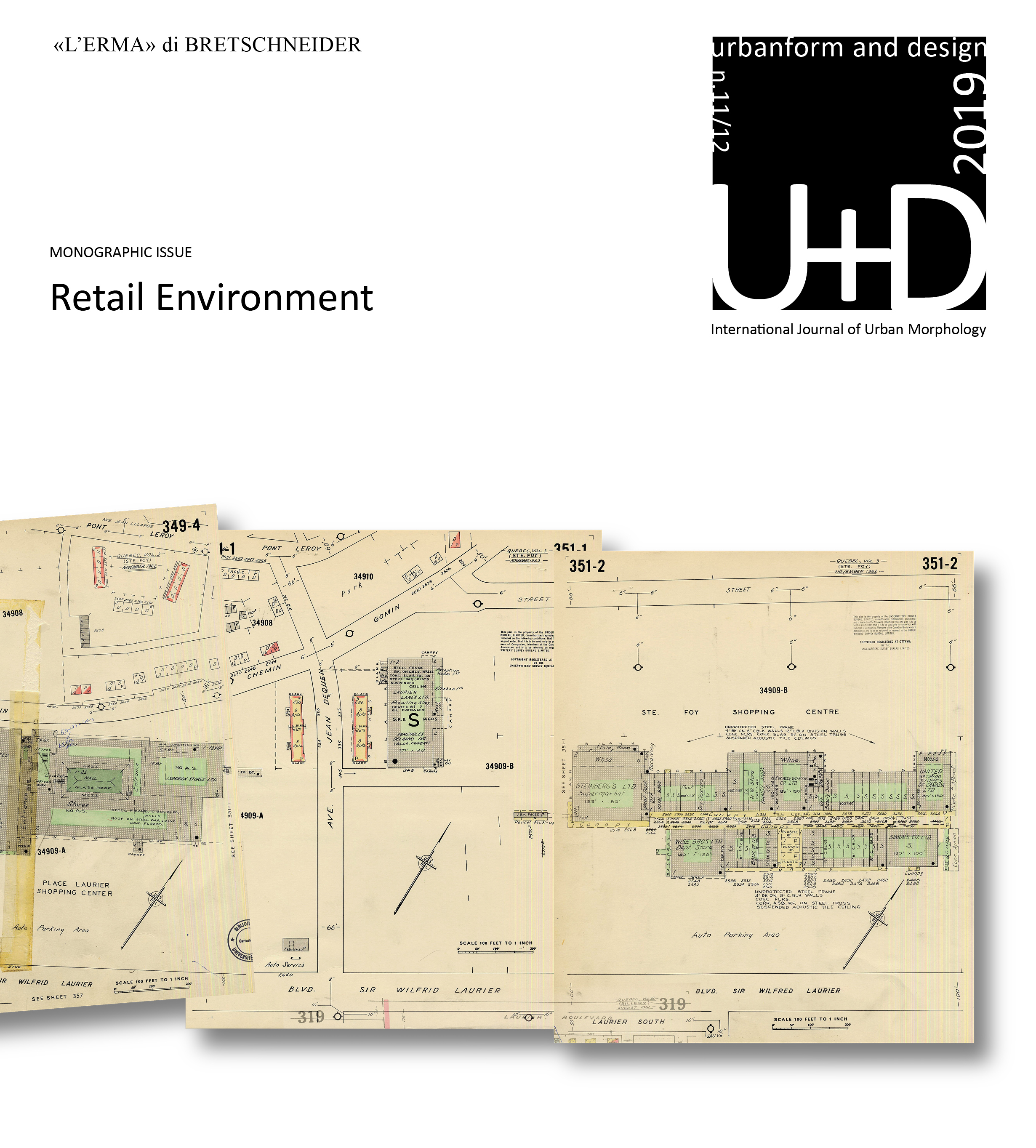 RETAIL SPACE AND FORM OF THE CITIES
RETAIL SPACE AND FORM OF THE CITIES 